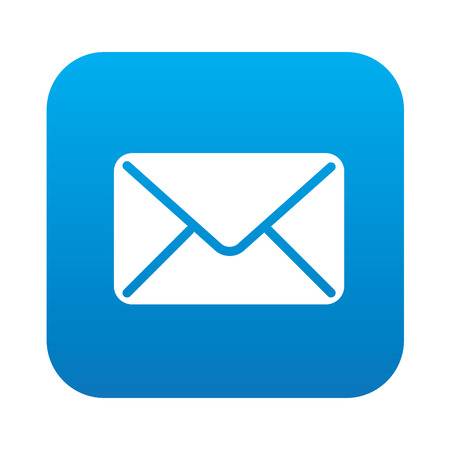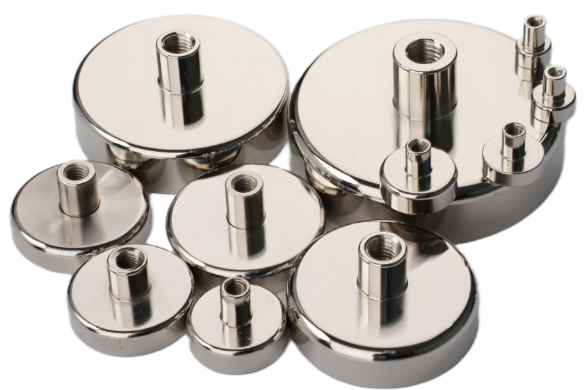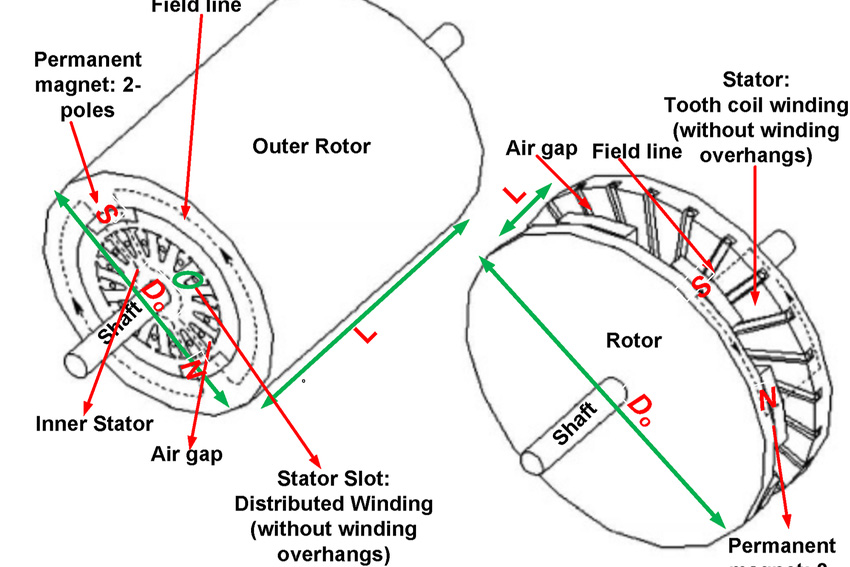New Discovery: Magnet Can Be Used As Refrigerant
The recent issue of the Journal of physical review reports that scientists at the Massachusetts Institute of Technology in the United States recently discovered an equation describing electron transport in thermoelectricity to describe the transmission of a magnetic oscillator. It is found that a magnetic oscillator may move from one end of the magnet to the other and take away heat to produce refrigeration efficiency in a different magnetic field. Scientists predict that magnets can be used as refrigerants in refrigerators.
In ferromagnets, local magnetic moments can be rotated and arranged in different directions. At the temperature of zero, the arrangement of magnetic moments causes the magnet to generate the strongest magnetic force. As the temperature increases, more magnetic moments become more asynchronous and the magnetic force becomes weaker. The magnon is produced as the temperature rises. Magnon is a quasiparticle in a magnet. It is formed by co-rotating of
magnetic module, also called self-spinor.
The magnetic oscillator is like the electron. Electrons can carry charge and conduct heat at the same time. They can move under the action of the electric field or temperature difference. This phenomenon is called the thermoelectric effect. Scientists have been studying thermoelectric effects, such as thermoelectric generators, which directly convert heat into electricity, or do not use any moving parts to refrigerate. Magnon can also move under the action of two forces: temperature difference and magnetic field. The researchers developed the Boltzmann transport equation describing the electron transport in the thermoelectricity. After derivation, two new equations were obtained to describe the magnon transmission. They can use the new equation to predict the magnon refrigeration effect, similar to the thermoelectric refrigeration effect. When the magnon is in a different magnetic field, it will carry heat from one end of the magnet to the other.

They built the model with ordinary magnetic insulators and collected from the previous data in the new model of data input of this material. It is found that when a mild magnetic field gradient exists, it can produce a smaller cooling effect, and the cooling effect is more obvious at low temperature.
"You can absorb heat from one side to the other, and in essence, you can use magnets as refrigerators." The graduate student of the mechanical engineering department, who participated in the study, said, "you can imagine a wireless refrigeration that can cool it for a magnet that is placed outside one or two meters, or applying a magnetic field to your portable computer." According to their theory, this magnetic cold refrigerator does not require any moving parts, unlike a traditional refrigerator, which pumps liquid with a tube to keep it low.
The director of the Department of mechanical engineering in MIT believes that the first application of the magnon cooling effect may be those requiring wireless cooling at extremely low temperatures. "For the time being, the possible application is in the cryogenic field, such as cooling the infrared detector. But we need to prove this theory through experiments and find better materials. We hope this will promote the new experiment. "
Follow Us On 

About the author
Cathy Marchio
Cathy Marchio is an expert at Stanford Magnets, where she shares her deep knowledge of magnets like Neodymium and Samarium Cobalt. With a background in materials science, Cathy writes articles and guides that make complex topics easier to understand. She helps people learn about magnets and their uses in different industries, making her a key part of the company's success.
Reviews
{{viewsNumber}}
Thought On
"{{blogTitle}}"
LEVE A REPLY
(Cancle reply)
Your email address will not be published. Required fields are marked
*
{{item.children[0].name}}
{{item.children[0].created_at}}
{{item.children[0].content}}
More Replies
LEAVE A REPLY
Your email address will not be published. Required fields are
marked*
 They built the model with ordinary magnetic insulators and collected from the previous data in the new model of data input of this material. It is found that when a mild magnetic field gradient exists, it can produce a smaller cooling effect, and the cooling effect is more obvious at low temperature.
"You can absorb heat from one side to the other, and in essence, you can use magnets as refrigerators." The graduate student of the mechanical engineering department, who participated in the study, said, "you can imagine a wireless refrigeration that can cool it for a magnet that is placed outside one or two meters, or applying a magnetic field to your portable computer." According to their theory, this magnetic cold refrigerator does not require any moving parts, unlike a traditional refrigerator, which pumps liquid with a tube to keep it low.
The director of the Department of mechanical engineering in MIT believes that the first application of the magnon cooling effect may be those requiring wireless cooling at extremely low temperatures. "For the time being, the possible application is in the cryogenic field, such as cooling the infrared detector. But we need to prove this theory through experiments and find better materials. We hope this will promote the new experiment. "
They built the model with ordinary magnetic insulators and collected from the previous data in the new model of data input of this material. It is found that when a mild magnetic field gradient exists, it can produce a smaller cooling effect, and the cooling effect is more obvious at low temperature.
"You can absorb heat from one side to the other, and in essence, you can use magnets as refrigerators." The graduate student of the mechanical engineering department, who participated in the study, said, "you can imagine a wireless refrigeration that can cool it for a magnet that is placed outside one or two meters, or applying a magnetic field to your portable computer." According to their theory, this magnetic cold refrigerator does not require any moving parts, unlike a traditional refrigerator, which pumps liquid with a tube to keep it low.
The director of the Department of mechanical engineering in MIT believes that the first application of the magnon cooling effect may be those requiring wireless cooling at extremely low temperatures. "For the time being, the possible application is in the cryogenic field, such as cooling the infrared detector. But we need to prove this theory through experiments and find better materials. We hope this will promote the new experiment. "















